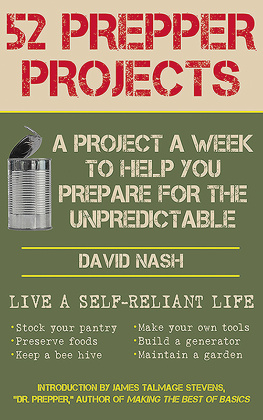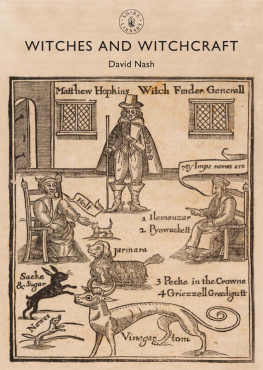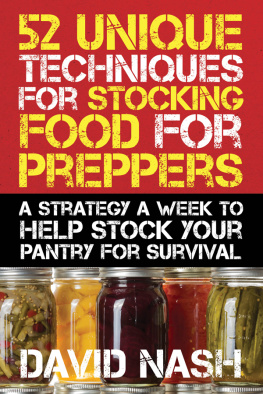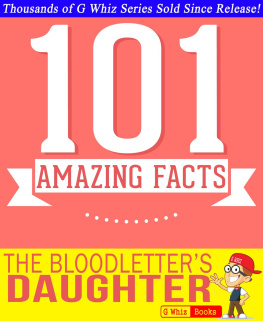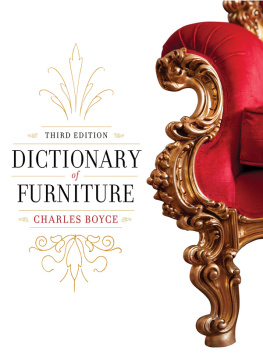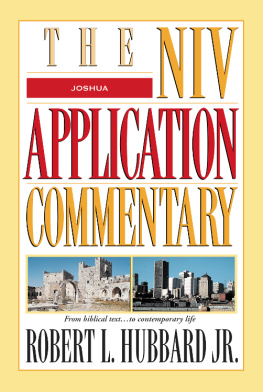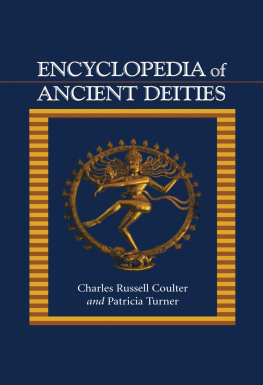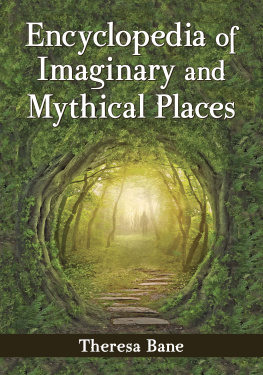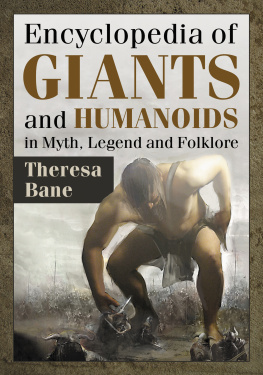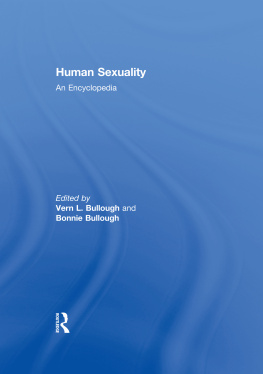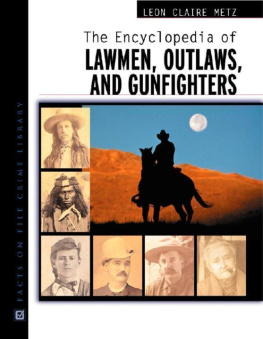Nash - Bloodletters and Badmen
Here you can read online Nash - Bloodletters and Badmen full text of the book (entire story) in english for free. Download pdf and epub, get meaning, cover and reviews about this ebook. City: New York, year: 1995, publisher: M. Evans & Company, genre: Politics. Description of the work, (preface) as well as reviews are available. Best literature library LitArk.com created for fans of good reading and offers a wide selection of genres:
Romance novel
Science fiction
Adventure
Detective
Science
History
Home and family
Prose
Art
Politics
Computer
Non-fiction
Religion
Business
Children
Humor
Choose a favorite category and find really read worthwhile books. Enjoy immersion in the world of imagination, feel the emotions of the characters or learn something new for yourself, make an fascinating discovery.

- Book:Bloodletters and Badmen
- Author:
- Publisher:M. Evans & Company
- Genre:
- Year:1995
- City:New York
- Rating:3 / 5
- Favourites:Add to favourites
- Your mark:
- 60
- 1
- 2
- 3
- 4
- 5
Bloodletters and Badmen: summary, description and annotation
We offer to read an annotation, description, summary or preface (depends on what the author of the book "Bloodletters and Badmen" wrote himself). If you haven't found the necessary information about the book — write in the comments, we will try to find it.
Nash: author's other books
Who wrote Bloodletters and Badmen? Find out the surname, the name of the author of the book and a list of all author's works by series.
Bloodletters and Badmen — read online for free the complete book (whole text) full work
Below is the text of the book, divided by pages. System saving the place of the last page read, allows you to conveniently read the book "Bloodletters and Badmen" online for free, without having to search again every time where you left off. Put a bookmark, and you can go to the page where you finished reading at any time.
Font size:
Interval:
Bookmark:
I wish to thank the following people and organizations for their extensive assistance in helping me research this book and for the wonderful cooperation they extended in providing photos, information, and encouragement: Kevin John Mosley Collection; Roland Restle Collection; Henry Scheafer and Faytonia Fair of UPIs Chicago office; William and Edie Kelly of Wide Worlds Chieago office; Peter A. Evans, Librarian of the California Historical Society; James H. Davis, Picture Librarian of the Denver Public Library (Western History Department); Mrs. Leona S. Morris, Editorial Secretary of the Missouri Historical Review (State Historical Society of Missouri); G. F. ONeill, Director of Personnel, Pinkertons, Inc.; Jack D. Haley, Assistant Curator, Western History Collections, University of Oklahoma; New York Historical Society; Wyoming State Historical Department; Kansas State Historical Society; Arizona Historical Society; Terry Mangan, The State Historical Society of Colorado; Holly B. Ulseth, Curator of Special Exhibits & Collections, Detroit Historical Museum; Malcolm Freiberg, Editor of Publications, Massachusetts Historical Society; William M. Roberts, Reference Librarian, University of California, Berkeley; Ken Burton, Tucson Daily Citizen; James, John, and Patrick Agnew; Prof. Andre Moenssens; Raymond Friday Locke, Editor, Mankind Magazine; Robert Connelly; Thomas Buckley; Richard Case of the Chicago Historical Society; Jack Paul Schwartz; Mrs. Jerrie L. Klein; Neil H. Nash; Jack J. Klein, Jr.; Ray Puechner; Peter Kotsos; Stan Kaiser; Dr. Richard Talsky; Barry Felcher of the Chicago Daily News; Curt Johnson; Leonard Des Jardins; Al Devorin; John Gehlman; Mike Berman; James Small; James Stein; Arthur Von Kluge; Brett Howard; Sidney Harris; Arnold Edwards; Jerry Goldberg of the Los Angeles Free Press; Warren Stamer; Arnold L. Kaye; Joseph Pinkston; James McCormick of Chicago Today; Jack Lane; Jeff Kamen; Herman Kogan of the Chicago SunTimes; William Kirby, Associate Director of the Louisiana Division of the New Orleans Public Library; the dozens of police force officers of all ranks, criminologists, and penologists across the country who gave their time and information; and to my intrepid typist and friend, Carolyn Zozak, whose fingers ceaselessly danced across her typewriters keyboard on my behalf.
M ore than thirty years ago, I began to collect a vault of materials dealing with American criminals. This crime memorabilia mounted to tens of thousands of newspaper clippings, books, and magazine articlesas did my own editorial work as a newspaper and magazine editor and writer. My interviews, correspondence, and research into the dark realm of crime broadened from the historical to the contemporary criminal, all of which resulted in this work. This grim, often macabre, background material sparked ideas about the social order and historical development of criminals in the United States. In studying the lives of our most notorious criminals, it became evident that many were treated in their own time as folk heroes. As their lives were embellished into sagas, an offbeat nostalgia was created for those who chose to live outside the law, for those who created a brooding, dark heritage from which one cannot easily tum away.
The notorious lives profiled in this book span four centuries of the New Land and they serve as an introduction to a side of the American character, past and present, that we are still to comprehend. What was once termed The Frontier Spirit, became umbilically attached to the American criminal. He (or she) was present on the Mayflower (John Billington, Americas first official murderer), through the Revolution, the settling of the Middle Border, the Civil War, the great westward movement to the Pacific, inside the rising cities, peopling the streets of every new town.
American society easily identified the criminal, outwardly condemning him as being against the common good but marking him for special recognition in a social category reserved for pioneers. He was thought to be as acceptable as the daredevils and wilderness adventurers who came with the bark on. He became an extension of all of thesethe loudest, gaudiest, and most dangerous in our patchwork society. He was noise! He was public! And, most importantly, he was ours!
The din has dwindled considerably since the days of Jesse James, John Wesley Hardin, the Daltons, and the Doolins of Oklahoma. Todays criminal prefers shadow and silence, following the code of the underworld and the monolithic national crime syndicate. The link with our violent past, however, remains unbroken, sustained as a kind of tradition in a land where tradition, as well as identity; is hard achieved and preserved.
The criminals portrayed in this book are memorable and do belong to all of us in one way or another. Their passion-evoking crimes instruct, remind, and once again horrify. Many produce in us a logical and collective disgust for our own species. All but a few are unsavory Hydes, but all require our understanding. Those who operated on the periphery of crime have no place in this encyclopedia. The race-track touts, petty gamblers, and minor business cheats more properly belong in the stories of Damon Runyon, but it should be remembered that the shabby glory that Runyon and others brought to such shadowy figures helped to memorialize the more serious criminals. Runyons Sky Masterson is a heavily cloaked portrait of New York gambler and racketeer Arnold Rothstein, who, indeed, was a serious criminal and not the fanciful Broadway bon vivant of Guys and Dolls.
Rothstein was the precursor of the professional gangster. It was the gangster, then the national crime syndicate, that became the most influential force in American crime. In tracing the development of the mob to its present-day status it becomes apparent that personality and character within its ranks have been guttedall but exterminated by Mafia and syndicate bosses. As the reader will undoubtedly note, this modem-day image is in complete contrast to those first bands of robbers who, following the American Revolution, gathered together in the eastern colonies and along the Natchez Trace, where individuality and personal style were the mark of the successful outlaw.
Unlike Jesse James, Americas most famous outlaw; todays syndicate criminal is protected through bribery, blackmail, political connections, and the screen of an economy in which he plays a large part as a legitimate business man, on the one hand, and a secret lawbreaker on the other. James, who was at large for sixteen years, was a public outlaw of his own choosing. He was protected by scores of relatives sympathetic to his plight.
Jesse James, his brother Frank, the Younger Brothers, and others of his band, fought during the Civil War as Confederate guerrillas. Their myriad relatives in Missouri had also fought with and aided the Southern armies, and when the South finally met defeat, all but the guerrillas were granted amnesty.
Union troops, occupying the border states after the war, ruthlessly hunted down these Confederate guerrillas, branding them outlaws. Uncles, brothers, cousins, and distant kissing kin threw open their doors to harbor Jesse and the rest to combat this very real persecution. When such oppression ceased, James embarked upon his long criminal career and excused his robberies and murders with claims that he was driven to it by Yankees. His legions of supporters then contended that he was merely continuing the Civil War on his own, wreaking vengeance on Northern banks and Yankee-owned railroads. He was also of their own bloodfamily bloodof fierce and loyal pioneers.
Nineteenth-century America was inundated with criminal brotherhoodsthe Youngers, the Farringtons, the Sontags, the Renos, the Clantons, the Daltons, and the James boys, to name a few. To the public, Jesse and Frank James typified the truly fraternal outlaw band-hunted brothers pitting their wits and daring against the whole weight of the law; everywhere embodying the heroic American image of the desperado on horseback. The fact that Jesse James was a cold-blooded murderer made little difference in the glowing legend his public demanded.
Font size:
Interval:
Bookmark:
Similar books «Bloodletters and Badmen»
Look at similar books to Bloodletters and Badmen. We have selected literature similar in name and meaning in the hope of providing readers with more options to find new, interesting, not yet read works.
Discussion, reviews of the book Bloodletters and Badmen and just readers' own opinions. Leave your comments, write what you think about the work, its meaning or the main characters. Specify what exactly you liked and what you didn't like, and why you think so.

